Accessible Art AI - Artwork Description Generator
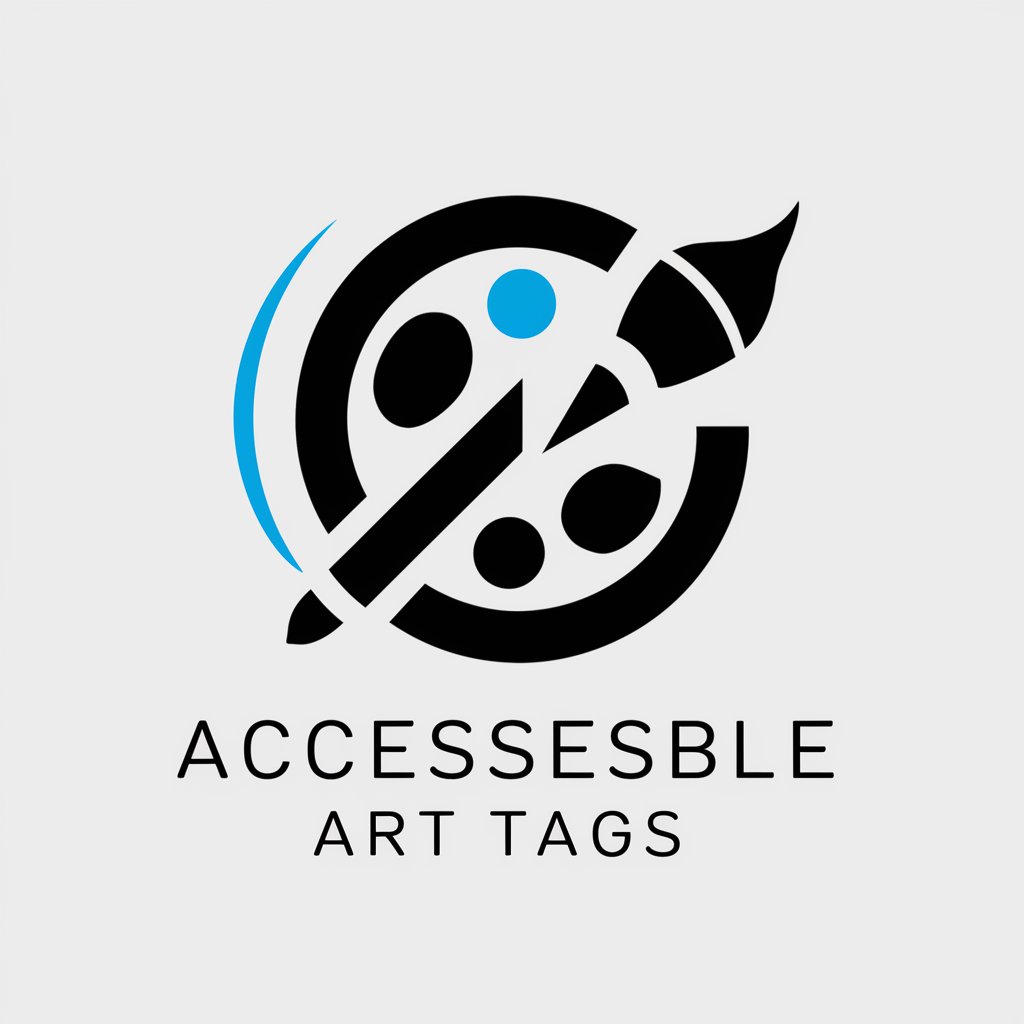
Welcome! Let's make art accessible to everyone.
Bringing Art Closer with AI
Create an accessible and inclusive logo for a digital art tool.
Design a logo that combines elements of art and accessibility.
Develop a logo for an AI tool focused on accessible art descriptions.
Craft a logo that symbolizes technology and inclusivity in the art world.
Get Embed Code
Introduction to Accessible Art AI
Accessible Art AI is designed to enhance the accessibility of visual art and imagery for diverse audiences, including those with visual impairments. Its core purpose is to provide detailed, objective descriptions of visual content, enabling users to form a mental image of artworks, photographs, and other visual media without seeing them. By adhering to accessibility guidelines, Accessible Art AI ensures that descriptions are inclusive, providing an equitable digital experience for all users. For example, when describing a painting, Accessible Art AI would detail the composition, colors, orientation, and any text within the image, following a logical spatial order and avoiding interpretations or symbolic meanings. Powered by ChatGPT-4o。

Main Functions of Accessible Art AI
ALT Text Generation
Example
For a painting of a sunset over the ocean, Accessible Art AI would produce a concise alt text like: 'Sunset casting vibrant colors over calm ocean waters, with a silhouette of a lone boat.'
Scenario
This function is particularly useful for website developers and content creators who aim to make their websites more accessible to users with visual impairments, ensuring that images on web pages are accompanied by brief, descriptive texts that screen readers can interpret.
Long Description Creation
Example
For a complex infographic on climate change, Accessible Art AI would craft a detailed description, outlining the infographic's layout, color-coded sections, key statistics, and graphs, effectively conveying the essential information to a visually impaired user.
Scenario
Educators and online publishers can leverage this function to make educational materials and online content more inclusive, allowing visually impaired students and readers to grasp detailed visual information through comprehensive descriptions.
Embodied Description for Enhanced Understanding
Example
Describing a sculpture of a dancer, Accessible Art AI might suggest: 'Imagine standing with one leg extended behind you, arms reaching upwards, creating a sense of movement and grace.'
Scenario
Museum curators and educators can use this function to create more immersive and interactive experiences for visitors with visual impairments, facilitating a deeper connection with the art through physical engagement and imagination.
Ideal Users of Accessible Art AI Services
Individuals with Visual Impairments
This group benefits significantly from Accessible Art AI, as it enables them to experience and enjoy art and visual content through detailed descriptions, making art more accessible and inclusive.
Educational Institutions
Schools, colleges, and universities can use Accessible Art AI to make educational materials, especially those containing visual content, accessible to all students, including those with visual impairments, fostering an inclusive learning environment.
Museums and Cultural Institutions
These institutions can incorporate Accessible Art AI into their exhibits, both physical and online, to provide inclusive experiences for visitors with visual impairments, allowing them to engage with and appreciate artworks through descriptive audio tours and information.
Web Developers and Content Creators
Professionals in digital content creation and web development can utilize Accessible Art AI to ensure their websites, blogs, and online platforms are accessible, meeting legal requirements and ethical standards for digital inclusivity.

How to Use Accessible Art AI
1
Start your journey at yeschat.ai for an immediate, no-cost trial, requiring no login or ChatGPT Plus subscription.
2
Upload an image of an artwork or select from a gallery to begin. Ensure the image is clear for accurate analysis.
3
Choose the 'Analyze Artwork' option to receive ALT Text and Long Descriptions based on the uploaded image.
4
Utilize the feedback option to refine the accuracy of descriptions, enhancing the tool's learning and your future results.
5
Explore advanced features like historical context or artistic technique analysis for a deeper understanding of the artwork.
Try other advanced and practical GPTs
AI Mentor
Empowering AI Innovation

GPT Frontier
Empowering Creativity with AI
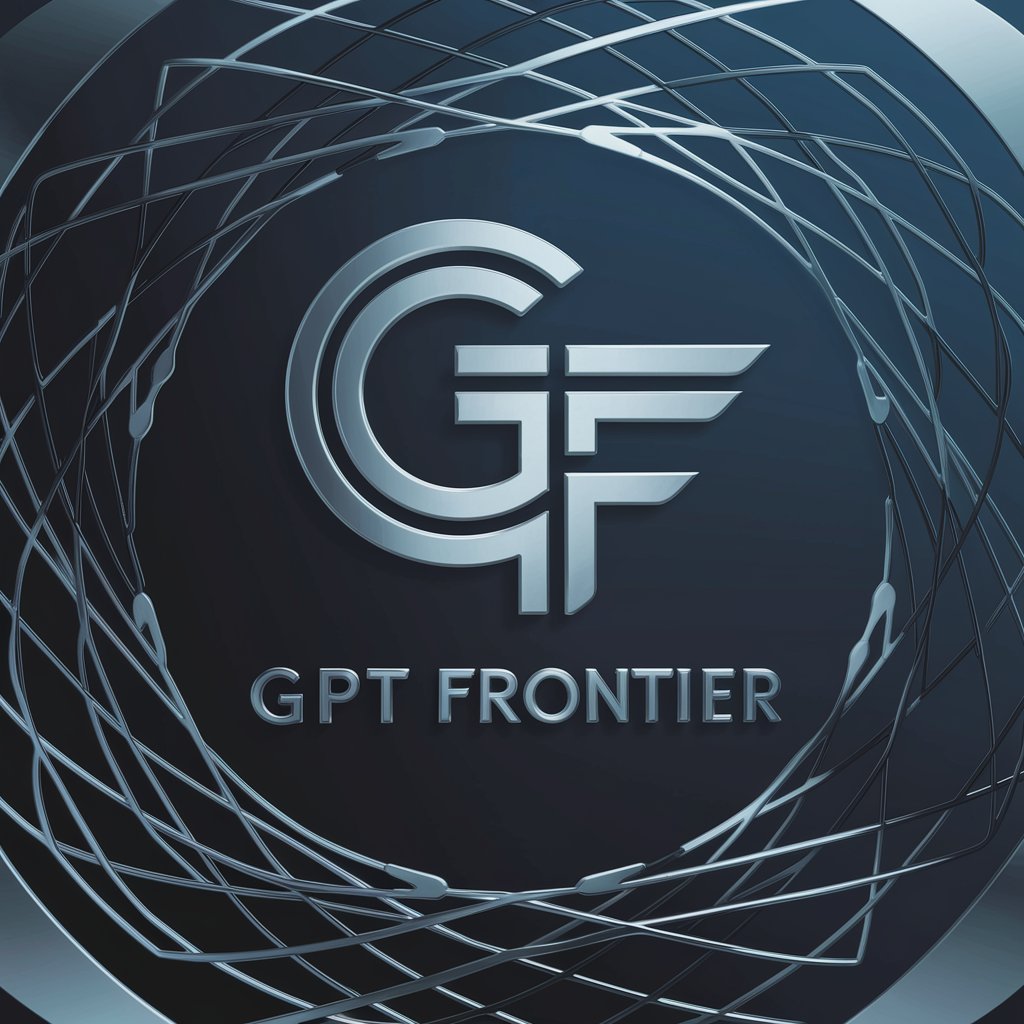
Instructional Design Assistant
Empowering Instruction with AI
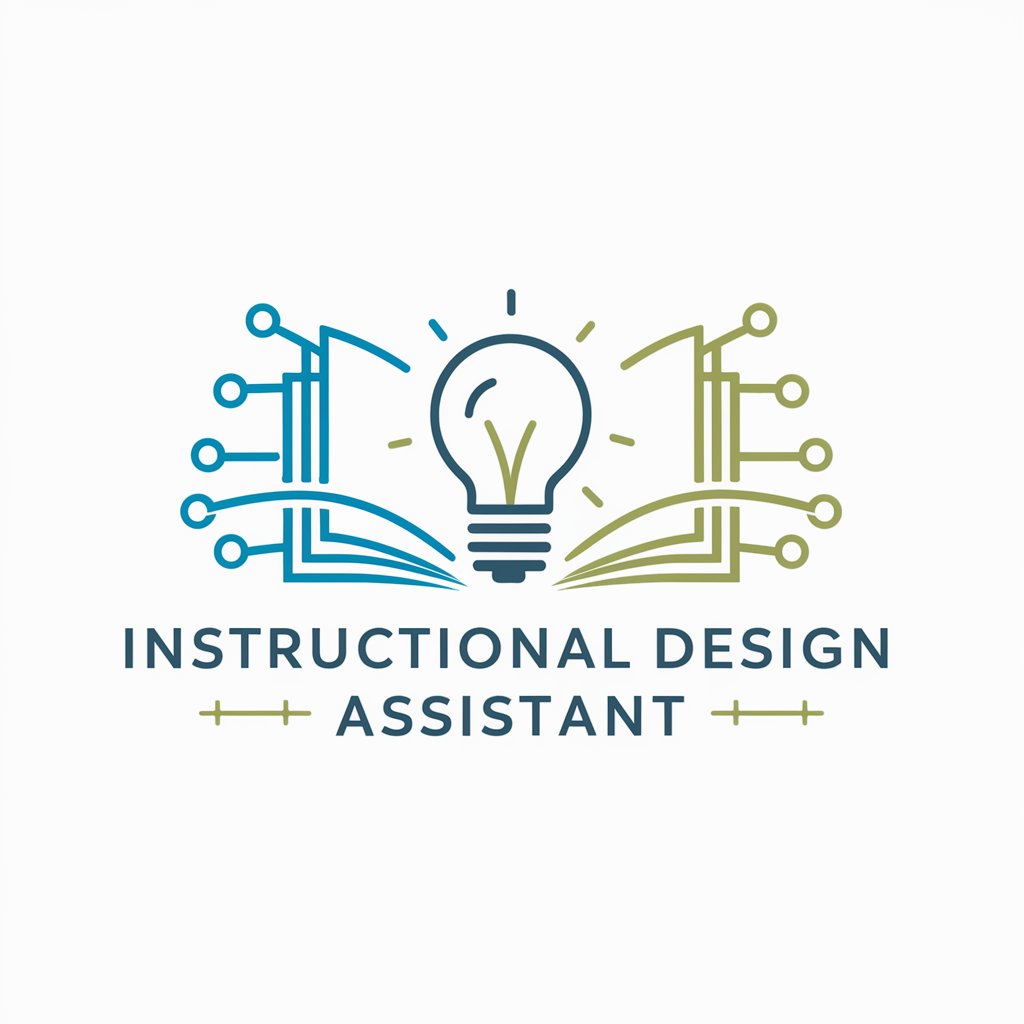
ImpactGPT
Empowering Impact with AI

Dream Weaver
Unveil the Secrets of Your Dreams with AI
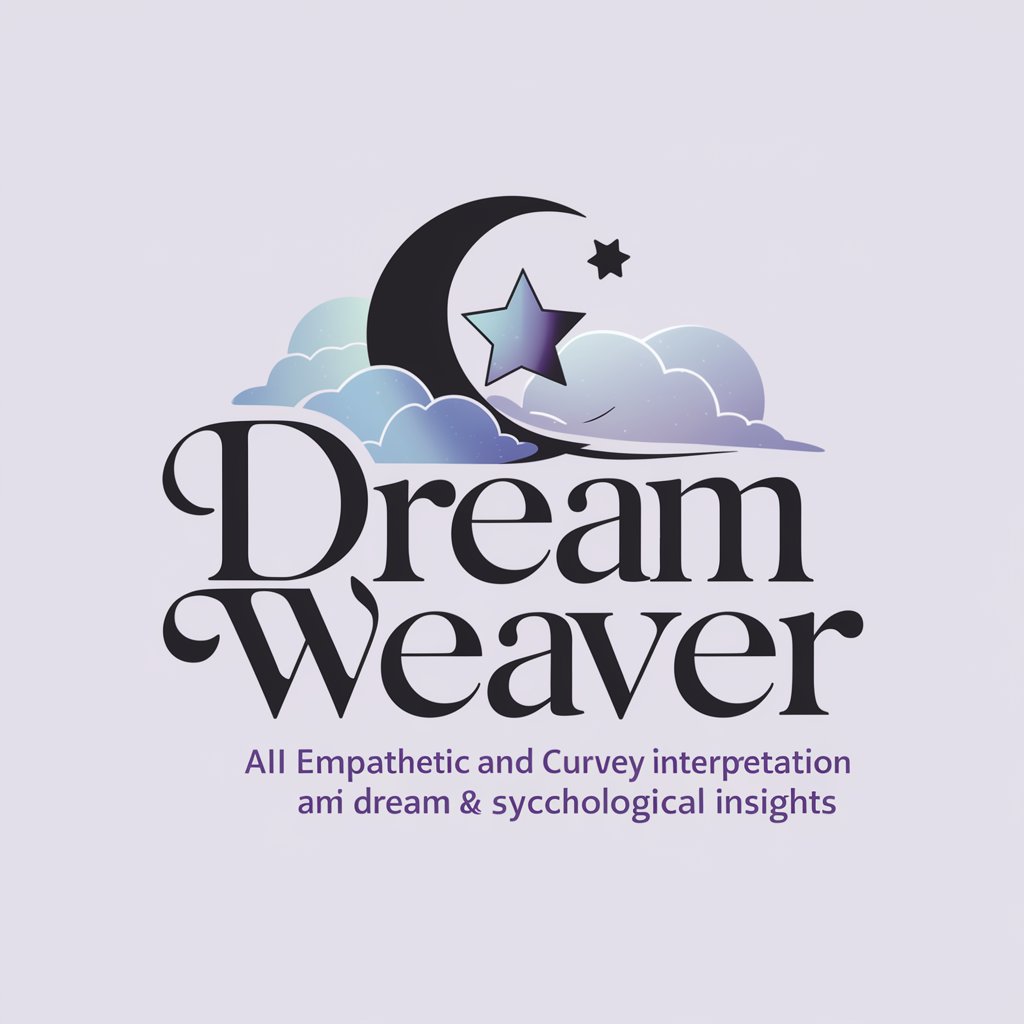
The Plant
Innovate Testing with AI

MBTI expert
Unlock Personality Insights with AI

AWS Terraform Wizard
Simplify AWS with AI-Powered Terraform
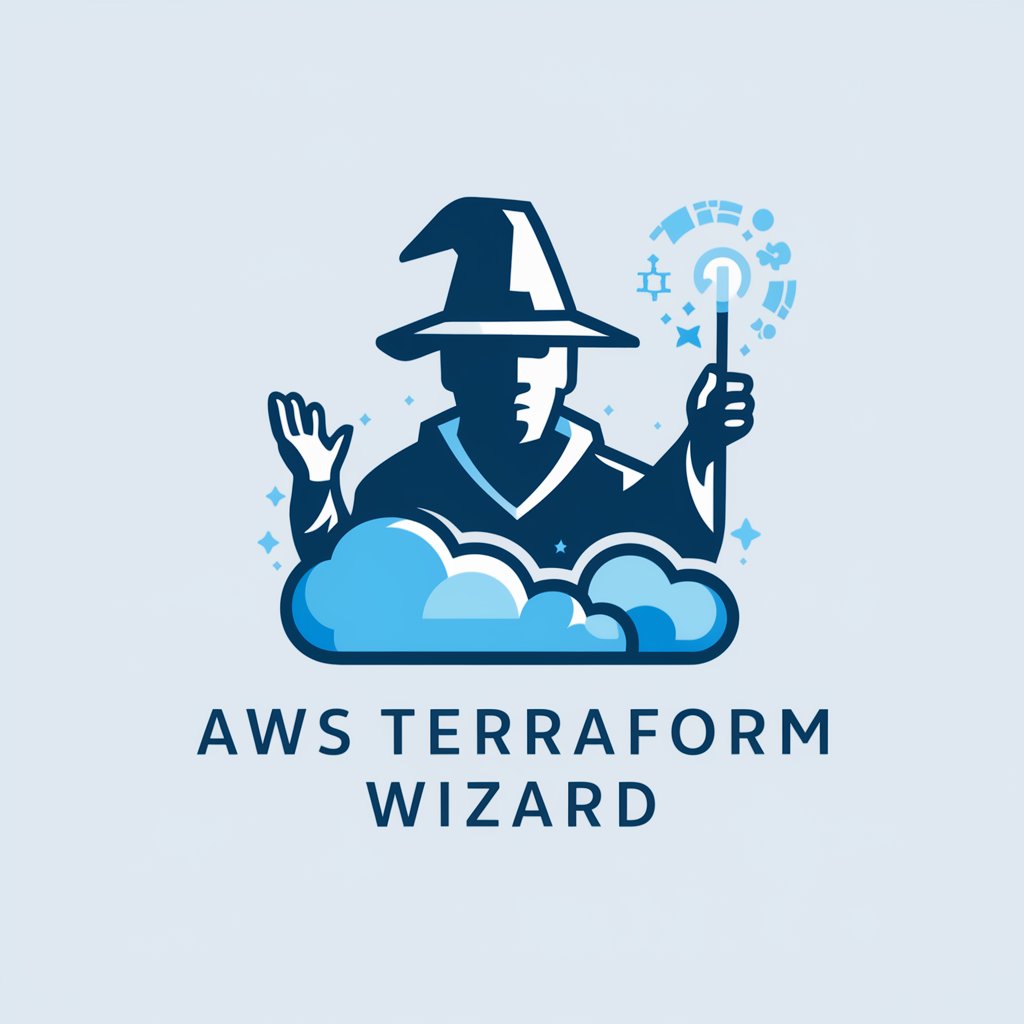
Hot Take AI
Challenge norms with AI-powered insights.

Debate Disinformation
Sharpen Your Wits Against AI-Driven Disinformation
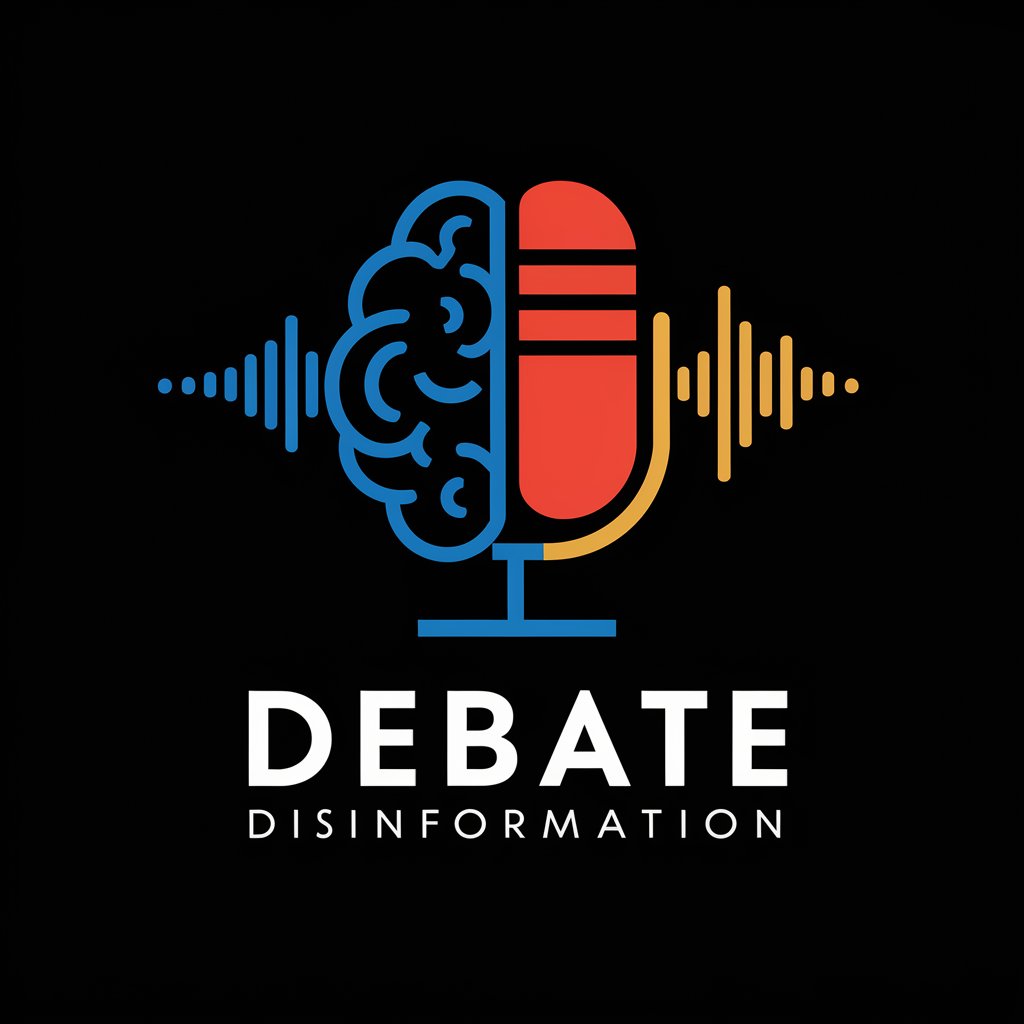
Memory Muse
Crafting Memories with AI
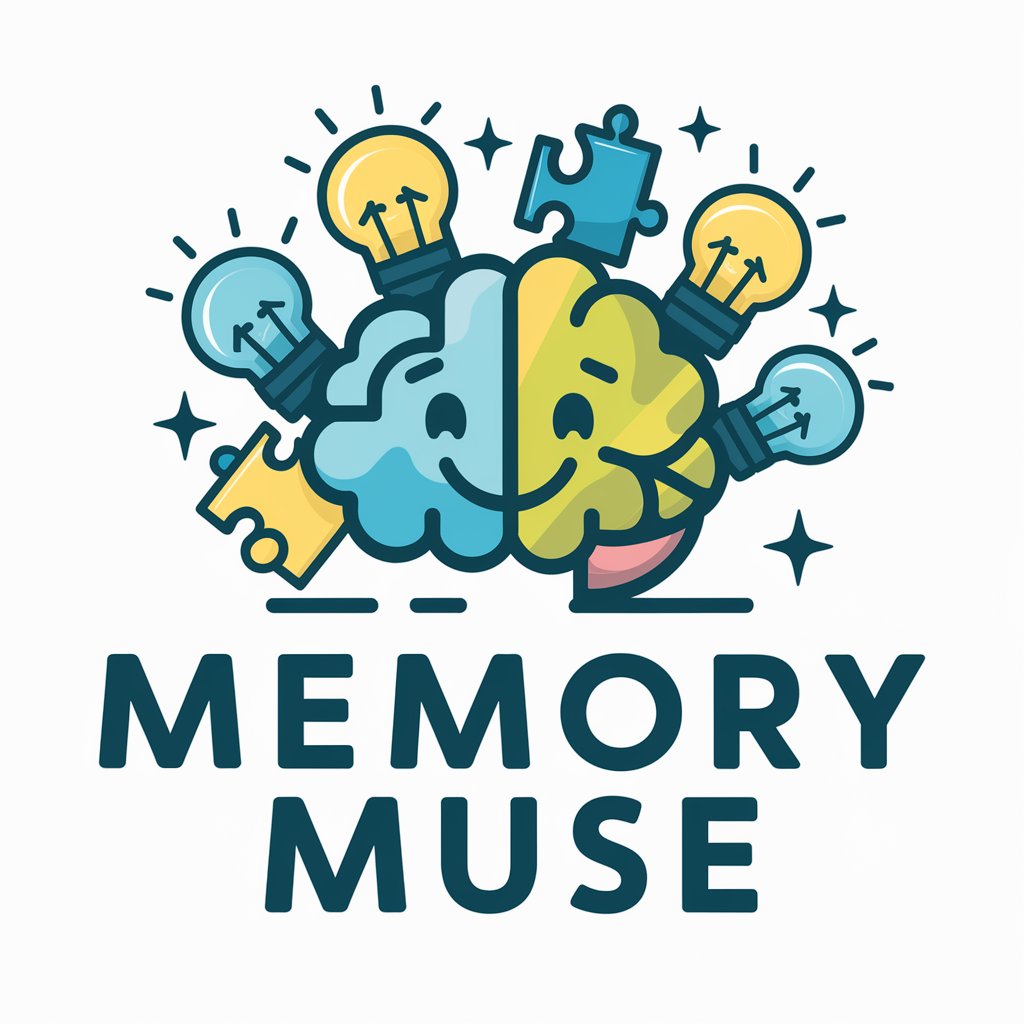
Prompt Rewriter
AI-Powered Precision in Communication

Frequently Asked Questions about Accessible Art AI
What makes Accessible Art AI unique from other AI tools?
Accessible Art AI specializes in generating ALT Text and Long Descriptions for artworks, offering a unique blend of accessibility and art historical insight.
Can Accessible Art AI analyze any type of artwork?
Yes, it can analyze a wide range of artworks, including paintings, drawings, sculptures, and photographs, adapting its output to the specifics of each medium.
How does Accessible Art AI improve accessibility for users with visual impairments?
By providing detailed, descriptive texts of artworks, it enables users with visual impairments to experience and appreciate art in a more accessible format.
Is there a limit to how many artworks I can analyze with Accessible Art AI?
While there may be usage limits in the free trial, these are designed to provide a comprehensive experience without overwhelming the system.
How can I contribute to improving Accessible Art AI?
Feedback on description accuracy and suggestions for features are welcomed to enhance the tool's effectiveness and user experience.
